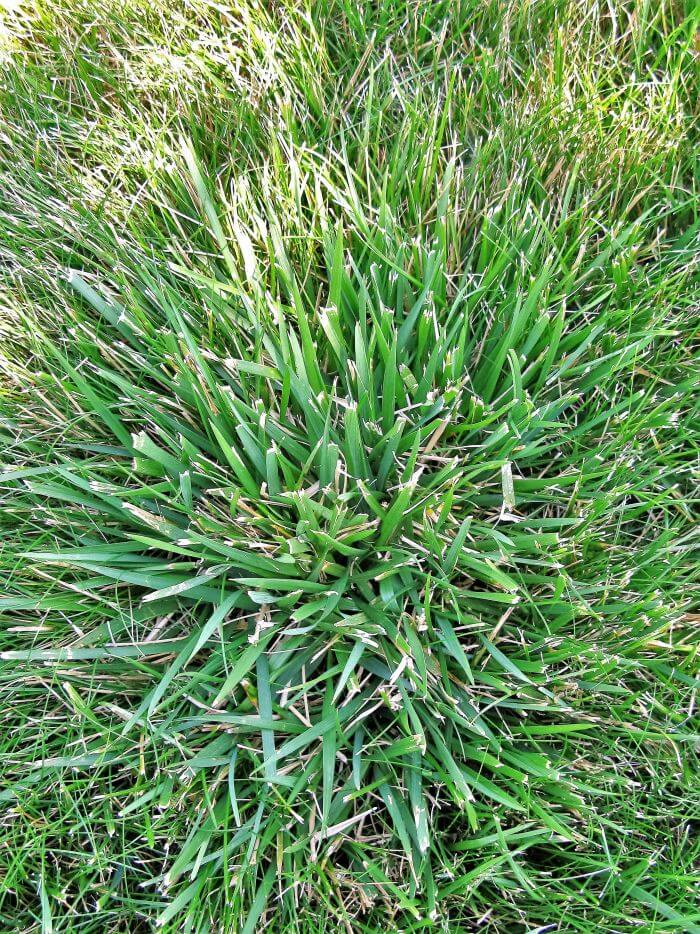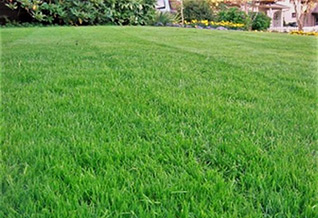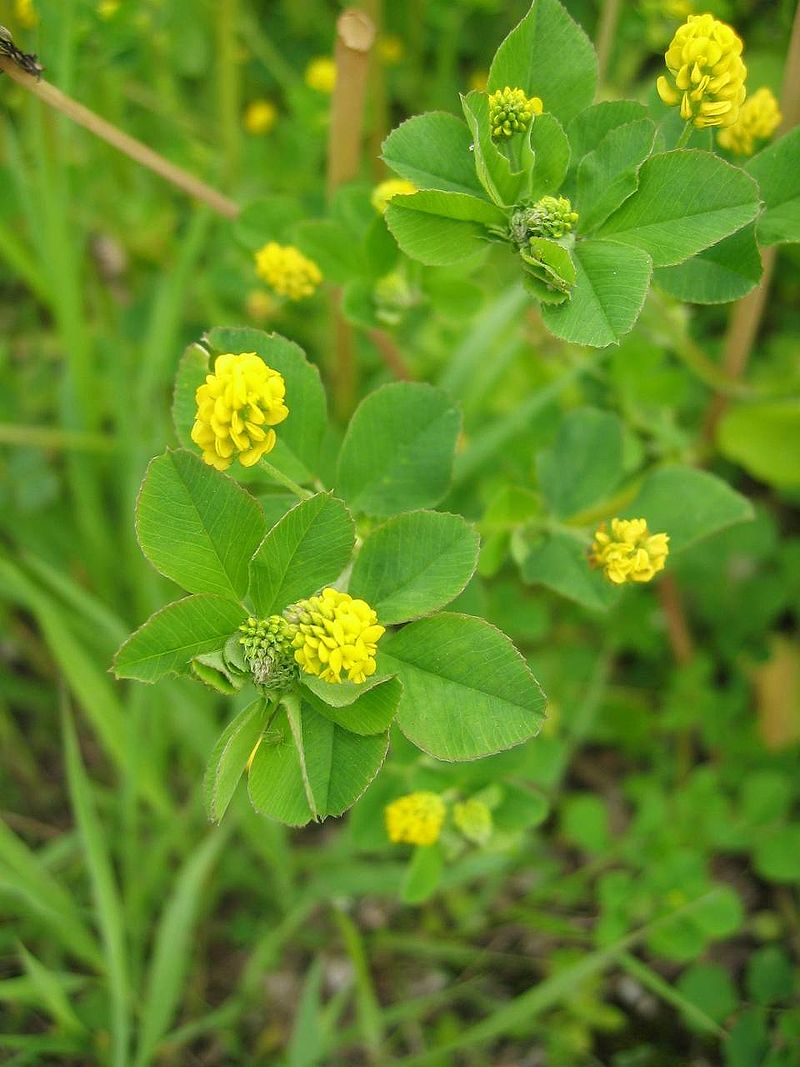Facts about crabgrass:
- Crabgrass is an annual grass that germinates in June.
- Crabgrass acts as natural erosion control so it grows in thinning areas.
- It usually grows out instead of straight up. So that makes it easy to distinguish from other annual grasses.
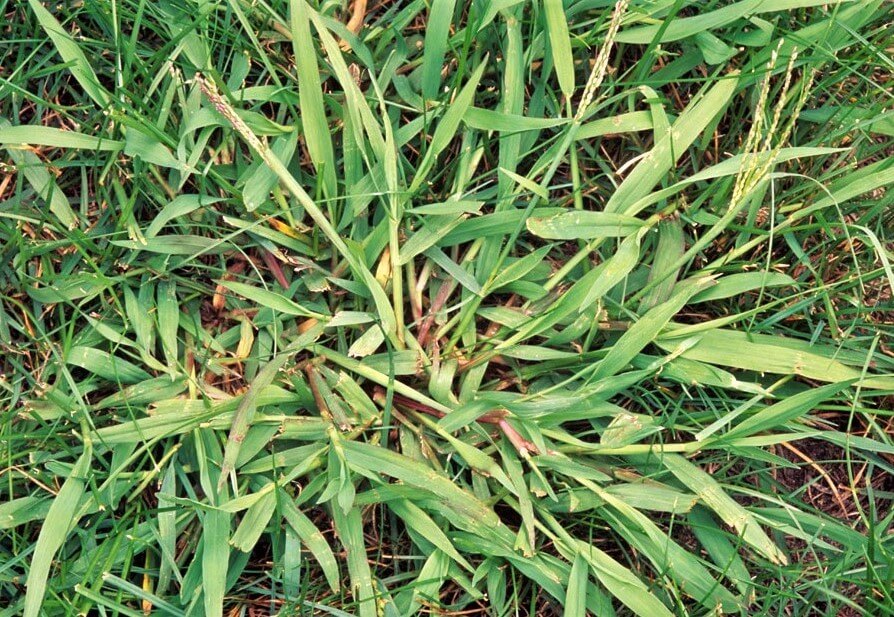
Ideal Conditions for Weed Growth
This is an annual grass that germinates in late June and early July. It’s a wide bladed lime colored grass that grows in clumps. Crabgrass is very commonly found at the edges of the lawn or in thinning areas. Because crabgrass isn’t a very dominate grass; a healthy, dense lawn that is mowed tall is the best defense against crabgrass.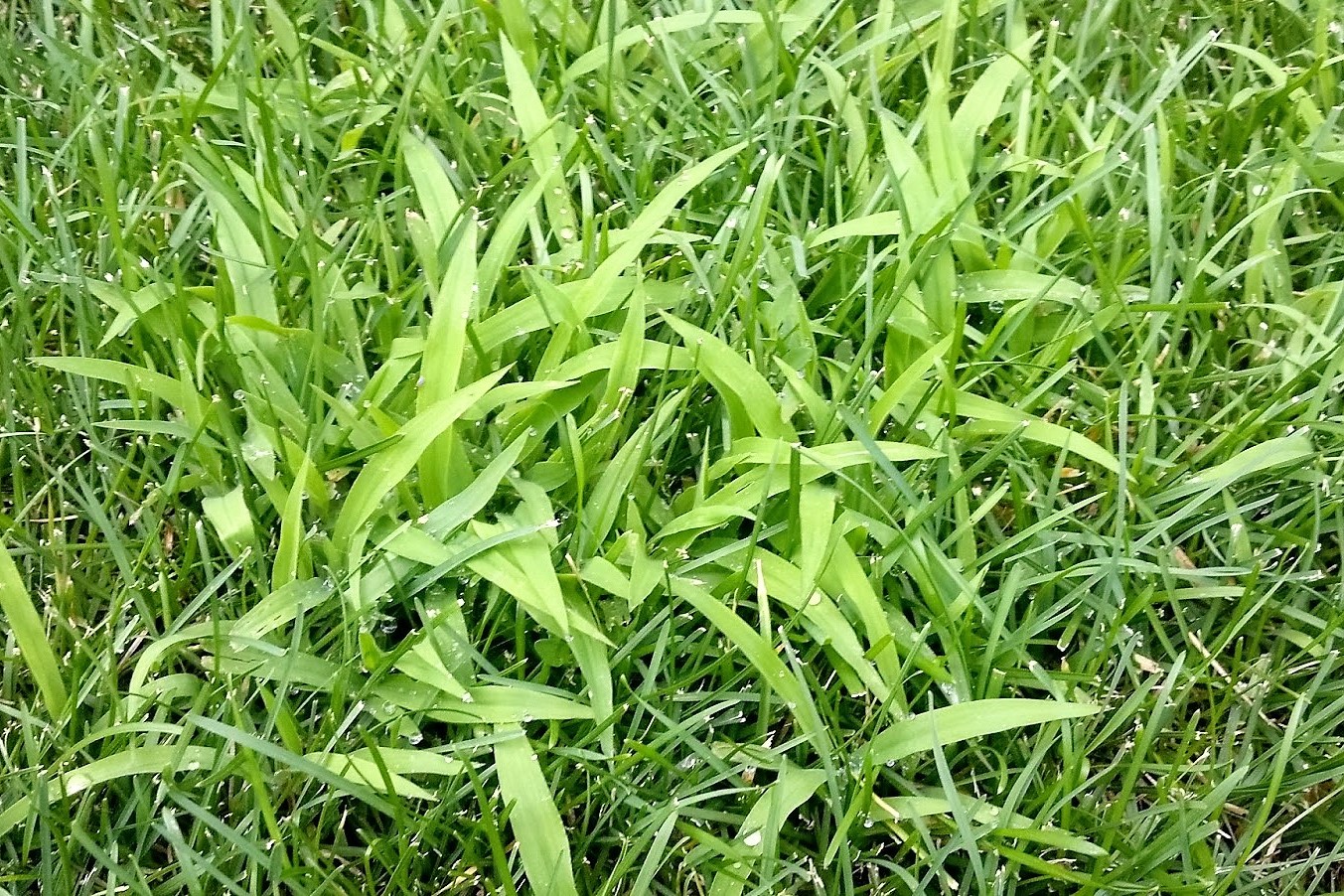
How to Control Crabgrass
As with many weeds, proper cultural practices will help to control any weed from taking over. This includes watering properly, mowing tall, and feeding the lawn organic matter. If crabgrass does begin to grow in the lawn, the best treatment is Drive XLR8. That is a post-emergent spray used specifically for crabgrass and bindweed. The best time to apply is when the crabgrass is young and actively growing. You will usually start to see crabgrass at the end of June.Is This Crabgrass?
Coarse tall fescue, a perennial grass, is often mistaken for crabgrass. Especially in the early spring before crabgrass has started to germinate. One of the easiest ways to tell the difference is that coarse tall fescue can be seen all throughout the season in the lawn. But crabgrass is only found starting in the summer and running through fall. You can also tell them apart by the color. Coarse tall fescue is a dark green grass, where as crabgrass is a light green color. The photo below is a clump of coarse tall fescue in a lawn.